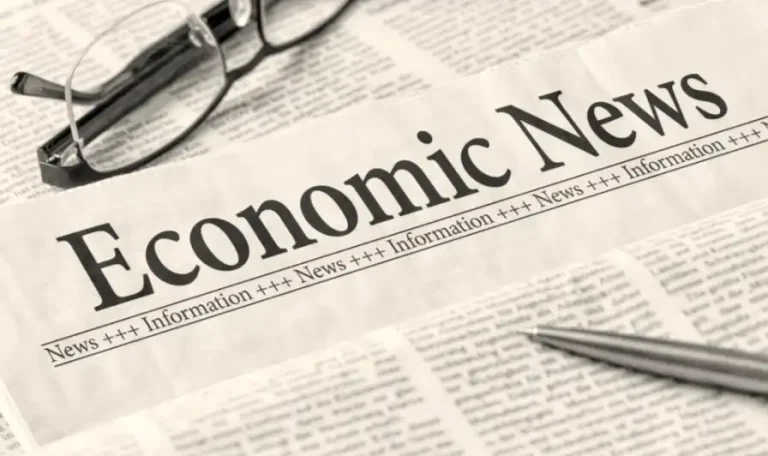Key Takeaways
- Sri Lanka’s Board of Investment (BOI) is working to remove the negative effects of Value Added Tax (VAT) on locally produced inputs, which is hindering backward integration in the export sector.
- The apparel industry, in particular, faces cash flow challenges and increased interest costs due to the removal of the SVAT system.
- Competitor nations like Vietnam and Taiwan offer VAT exemptions or zero-rating for sales into export firms and free trade zones, providing a significant advantage.
- This VAT anomaly could force Sri Lankan exporters, including those with significant backward integration investments like the Eravur textile zone, to halt development and potentially move operations abroad.
- The issue impacts other sectors like tea production, leading to reduced prices and increased cashflow costs for producers.
Addressing VAT Anomalies to Boost Sri Lankan Exports
Sri Lanka’s Board of Investment (BOI) is actively addressing a critical issue that is negatively impacting the value of locally produced inputs for exporters. Chairman Arjuna Herath confirmed that the current VAT system is discouraging backward integration, a crucial strategy for strengthening the nation’s export capabilities.
The apparel sector has voiced significant concerns about the consequences of removing the Special Value Added Tax (SVAT) system. This system previously allowed local producers to supply goods to exporters under a VAT-exempt framework. Its removal has created a substantial burden on exporters, leading to increased cash flow requirements and higher interest expenses.
In comparison, countries like Vietnam and Taiwan have implemented more favorable tax structures. In these nations, sales to firms within free trade zones are zero-rated, mirroring the treatment of final exports. This means no VAT is charged, and suppliers are eligible for input tax credits, a system that significantly enhances competitiveness.
💡 Sri Lanka’s neighboring East Asian competitors offer VAT-free imported inputs, a standard practice that puts Sri Lankan businesses at a disadvantage when competing globally.
The apparel industry has warned that to remain competitive internationally, they may be forced to halt their investments in backward integration. This would be a significant setback, especially considering the substantial investments already made in areas such as the textile zone established in Eravur.
BOI Proposes Budgetary Solutions for VAT Issues
“We have actually submitted a budget proposal this time for the budget to avoid this anomaly,” Herath stated, indicating a proactive governmental approach. The BOI has also been in discussions with the Inland Revenue Department to find a resolution.
“We have taken up with the Inland Revenue Department as well. They have recognized that, within the provisions, whether they may have some leeway to look at this within the zone for deemed exporters on a deemed exporters basis to do this,” Herath added. He emphasized the BOI’s active engagement in resolving this complex situation.
Countries such as Vietnam and Taiwan pioneered the concept of free trade zones, with Taiwan implementing such zones as early as the 1960s. Their model includes zero-rating for sales into firms within these zones, extending beyond just final exports to include services as well.
Historically, Taiwan faced similar monetary challenges in the 1950s, stemming from a problematic central bank policy and import tax protectionism that hindered export manufacturing. Initially, tax rebates were offered, but the establishment of a free trade zone near Kaohsiung port proved instrumental in helping exporters overcome protectionist barriers.
The modern VAT system, conceptualized and first tested by France in Ivory Coast in 1954 before adoption in 1958, later spread across Europe. The UK embraced VAT in 1972. Notably, there appears to be a lesser understanding of VAT’s implications in places like the US, where former President Trump criticized it as an unfair export subsidy.
Impact on Local Buying Offices and Other Sectors
Exporters in Sri Lanka have also reported that the removal of the SVAT system has negatively affected local buying offices. The increased financial strain could compel these offices to relocate overseas, a move that would further diminish local economic activity and employment.
While some export sectors might absorb the financial losses, those with already thin profit margins, such as the apparel industry, are expected to suffer the most significant repercussions. Analysts suggest that this situation could lead to a decline in the competitiveness of Sri Lankan exports.
The impact of the VAT anomaly extends beyond manufacturing. Sri Lanka’s tea producers have also indicated that they will incur additional interest costs due to reduced selling prices. This cash flow burden arises from exporters having to pay VAT upfront, even with efforts to expedite refund periods.
Following the removal of SVAT, tea prices reportedly fell by approximately 100 rupees per kilogram. Although there are expectations of a price recovery once VAT refunds are processed, the immediate financial strain is considerable.
Unlike in industrial goods, where exporters can easily switch to imported inputs and cease local sourcing, tea plantations and smallholders remain tied to the local market. However, this dependency may lead to reduced prices that reflect the cash flow challenges faced by exporters.
Sri Lanka’s economic history is marked by a tendency to increase taxes in the wake of balance of payments crises, often triggered by central bank policies critics describe as ‘monetary accommodation’ or ‘eased monetary policy’, which can lead to inflation or money printing.
Such currency crises have often resulted in higher income taxes, creating a contradictory need for low taxes to attract foreign investors and support export-oriented businesses. Sri Lanka’s corporate tax rate stands at 30 percent, significantly higher than the 20 percent offered by East Asian and Scandinavian countries that maintain monetary stability.
Expert Summary
Sri Lanka’s export sector, particularly apparel and tea, is facing significant financial headwinds due to the VAT implications on locally sourced inputs following the removal of the SVAT system. The BOI is actively seeking solutions, including budget proposals, to address these anomalies and prevent a detrimental impact on backward integration and overall export competitiveness.

